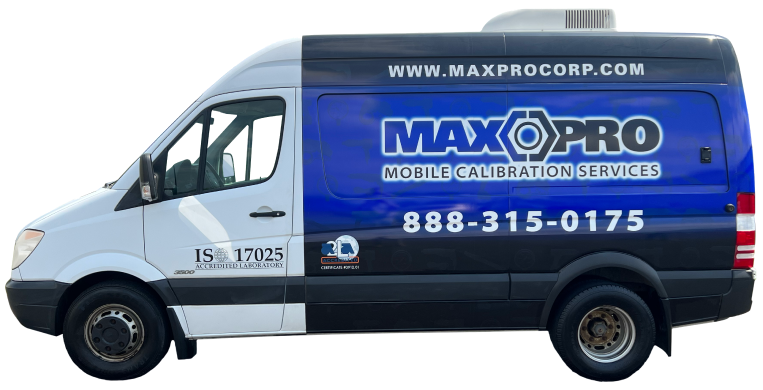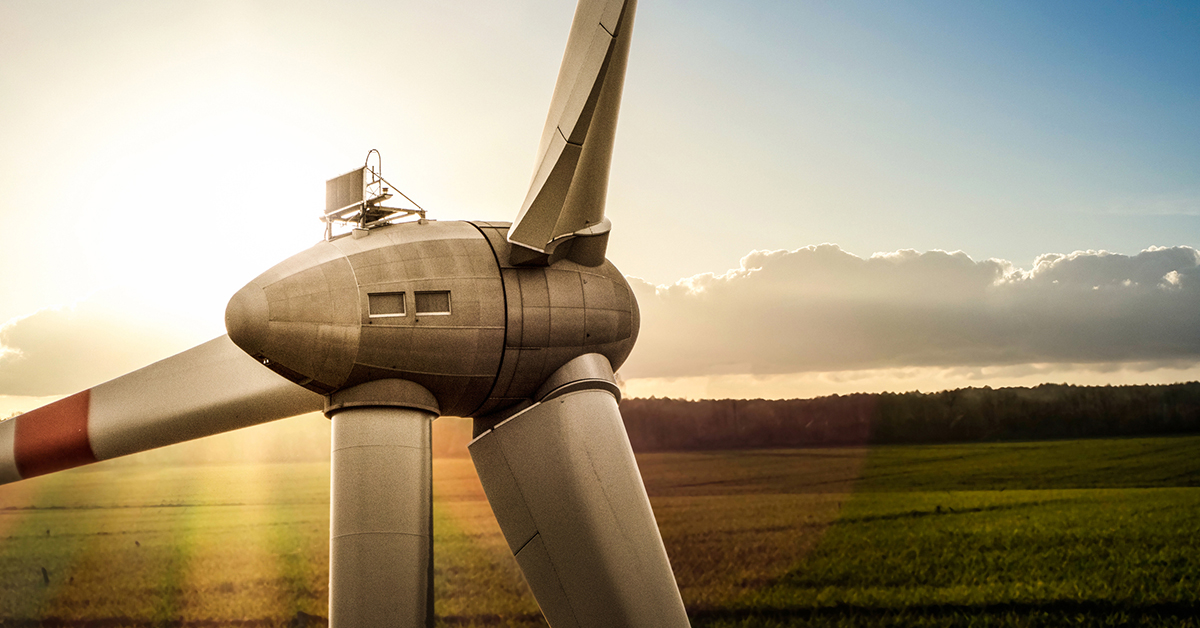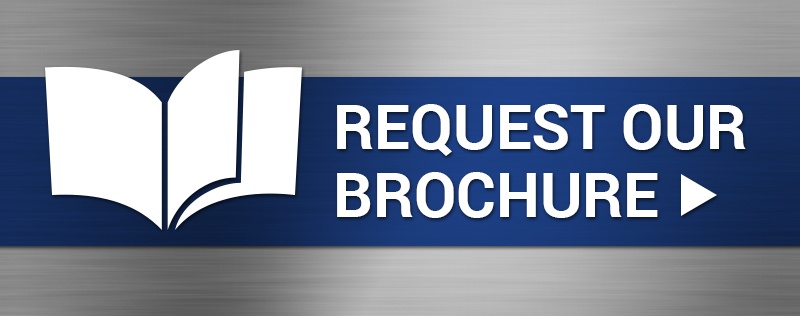We write quite a bit about torque equipment for the wind industry here. It makes sense: torque wrenches are crucial to ensuring wind turbines function properly.
Today we wanted to take a different approach, writing about the turbines themselves and exploring the difference between the standard wind turbine design and some interesting variations on harnessing wind energy.
Classic wind turbine design
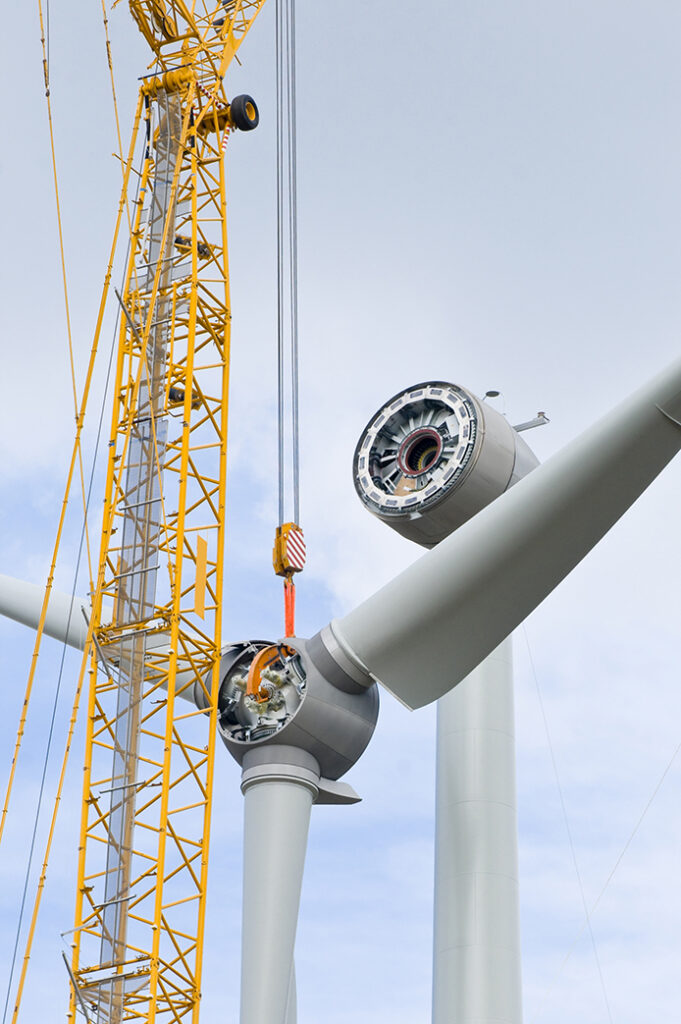
The wind turbine designs are typically centered around a rotor, blades, and a direct current generator or alternating current alternator mounted on a tower.
Think of a turbine as the opposite of the fan you’d use to cool your home. That fan uses electricity to rotate its blades and circulate an artificial wind.
A turbine, meanwhile, uses the force of the wind to turn the turbine’s blades, harnessing the wind’s kinetic energy and powering a generator to create electricity.
Why Don’t Wind Turbines Have More Than Three Blades?
In theory, a single-bladed turbine would be the ideal wind turbine design because it would be the most aerodynamic. However, a one-blade turbine would present serious stability problems.
A turbine with two blades would provide somewhat more stability but would also be subject to a vibrating phenomenon that would put stress on the turbine.
A turbine with three blades presents the best of both worlds. The three blades help provide stability and prevent vibrations, while still providing high rotational speed.
Is it Possible to Have a Zero-Blade Wind Turbine
Design?
This isn’t to say that turbines absolutely must have blades. In 2012, the Tunisian company Saphon announced plans for a zero-blade turbine inspired by sailboat design, with blades replaced with a sail-shaped body.
Saphon came up with a device they say can overcome the Betz limit, which says turbines are incapable of capturing more than 59.3 percent of the wind’s kinetic energy.
We’ve seen some other interesting wind turbine designs, including:
- The typhoon turbine – Invented in Japan, this turbine was designed to harness the power of massive storms hitting that country. Inventor Atushi Shimizu estimates that just one typhoon could provide enough energy for 50 years. The vertical-axis Magnus wind power generator in this device is said to be durable enough to hold up against an actual typhoon.
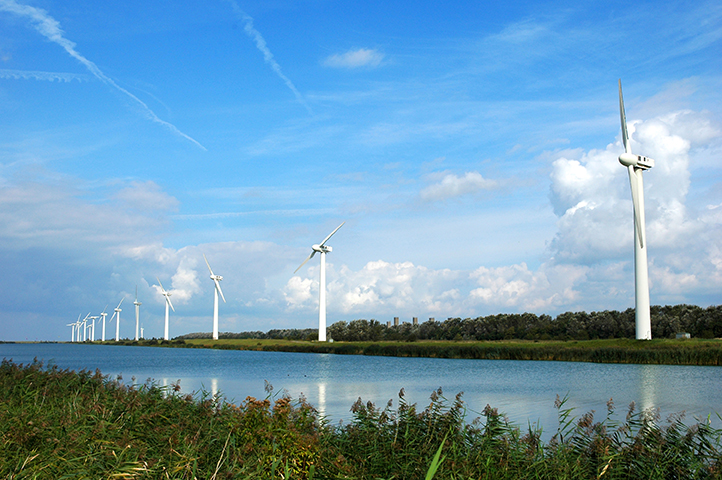 The wind-hydro hybrid –While wind turbines can’t generate electricity without wind, a joint project by Max Bogl Wind AG and GE combines traditional wind turbine design with hydropower technology for the world’s first wind-hydro hybrid.
The wind-hydro hybrid –While wind turbines can’t generate electricity without wind, a joint project by Max Bogl Wind AG and GE combines traditional wind turbine design with hydropower technology for the world’s first wind-hydro hybrid.- The floating turbine – Most wind projects are anchored to the ground, but some more recent projects have put turbines into the air, where wind is the fastest. One such project was launched in Fairbanks, Alaska in 2014. This buoyant turbine is held aloft by helium 1,000 feet off the ground, capturing wind currents that are as much as eight times as powerful as what turbines can achieve on the ground.
- The bird-safe bladeless turbine –Bird safety is a concern when designing wind turbines, which is what led a group of engineers to create the Vortex Bladeless wind energy generator, which is shaped like a straw rather than using rotating blades, harvesting energy from swirling vortices in moving air.
- The tunnel-based turbine – The SheerWind Invelox turbine can produce 600 times more energy than conventional windmills by harnessing breezes at ground level and funneling them inward to increase air speed. Functions in low wind, and has no external blades, making it safe for wildlife.
- Another bird-friendly turbine – Bird-lover Raymond Green created the Catching Wind Power generator in 2012. His design funnels wind currents and compresses the air to create more power at the turbine. With no external moving parts, there is no threat to flying creatures.

Do you need the tools to complete your next wind project? Turn to Maxpro, the world’s leading seller of ERAD torque equipment, the go-to tools for wind industry professionals.
In addition to our wide selection of torque tools for the wind industry, we also calibrate torque wrenches at our state-of-the-art, A2LA-accredited lab, the only ISO/IEC 17025 accredited lab and repair facility for ERAD products in the country.
Contact us today to learn how we can assist you with your next wind project.

